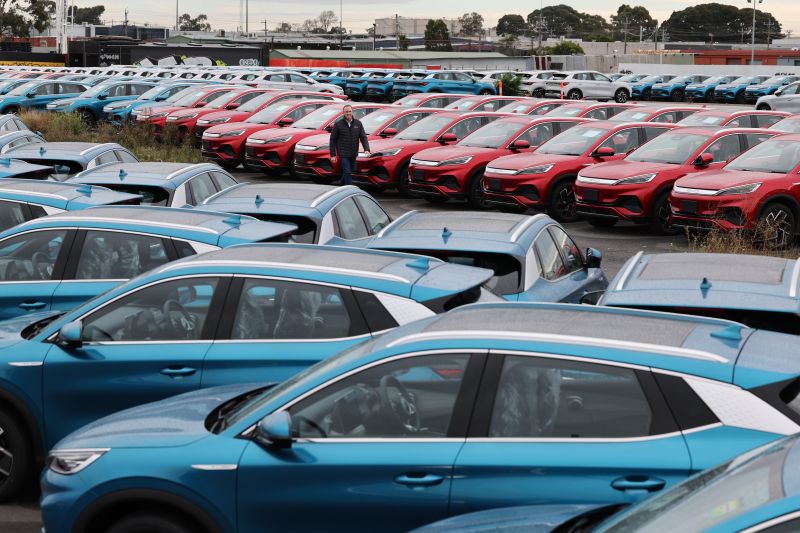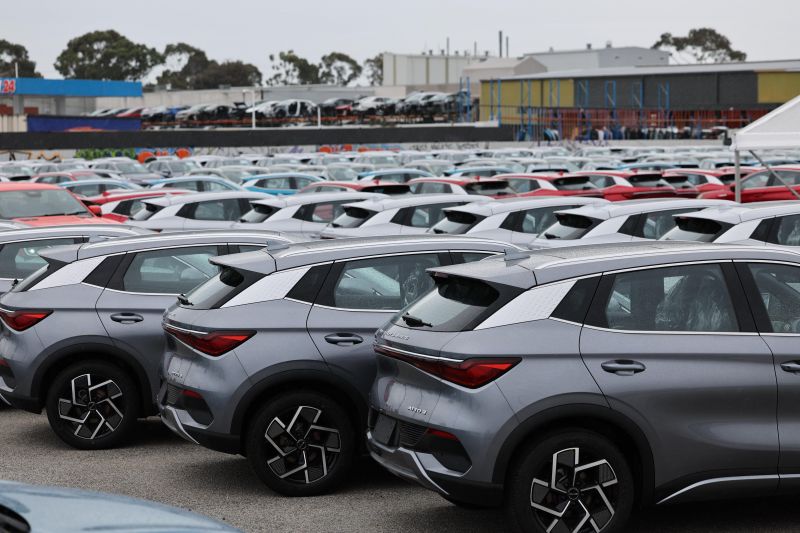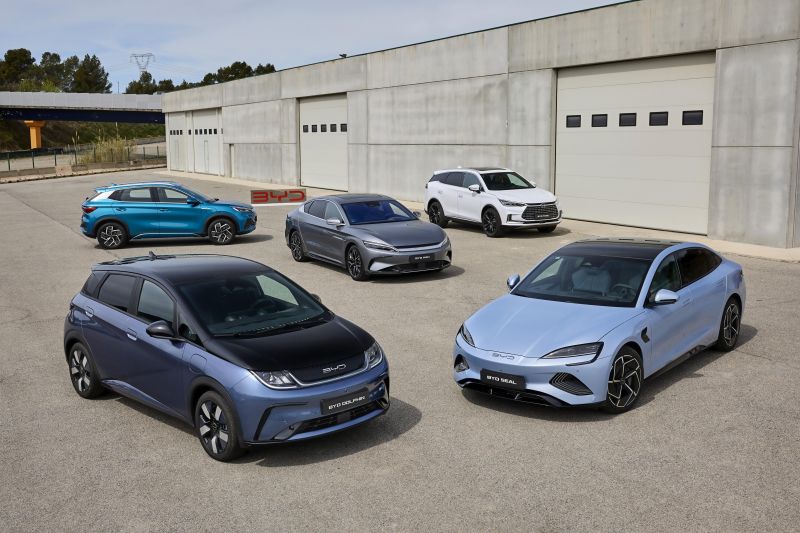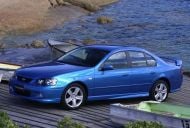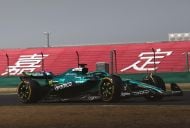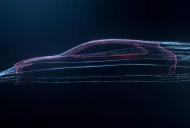There are 750 BYD Atto 3 electric SUVs parked in a shabby holding yard in Melbourne’s eastern suburbs, primed for delivery before Victoria controversially kills off its $3000 EV rebate.
But in these unprecedented times of supply shortages and port congestion due to quarantine issues, how has this emerging Chinese automotive superpower achieved what other brands – market-leader Tesla excluded – have not?
Its vertical integration plays a huge role on the supply front, since BYD makes its own chips and batteries, meaning it is less buffeted about by global supply chain snags than OEMs more reliant on tier 1 suppliers.
But on the transportation front, the company has pivoted rapidly to drive finished Atto 3s right off the factory line straight into sealed shipping containers, thereby avoiding having its cars sitting around in holding yards and picking up bugs and seeds, like so many other vehicles.
That’s a key to how the company’s Australian importer has been able to capitalise and get so many vehicles here – to the point where BYD is now Australia’s number-two EV brand behind Tesla, with the Atto 3 even outselling the Model 3 in May.
“We don’t have shortages of batteries, we don’t have shortages of chips,” said chief operating officer of EVDirect, BYD’s Australian market distributor, Mark Harland.
“The second part is we bring the cars in and because of some of the congestion in the ports, we’ve put cars in the last two months into containers. We’ve eliminated the issues with contaminants and can get a steady flow of cars coming into the state of Victoria as well as other parts around the country.”
Mr Harland, a long-time executive at General Motors in Shanghai and for Holden, said this alone was something he hadn’t experienced in his time in the automotive sector.
“…. In my 25-plus years in the automotive industry I have never been with an OEM that has been able to flex and move as fast as they can, on the supply side and the innovation side,” he said.
“Everything from moving cars into containers to building incremental supply for our customers in Victoria, to updating the car with regular over-the-air updates… literally within weeks. I’ve never been with an OEM that’s able to be as innovative and flexible as BYD is.”
Year-to-date to the end of May 2023, BYD has sold 4664 EVs in Australia, giving it 14.5 per cent market share of all electric vehicle sales, second to Tesla. The company’s 10,000th build for Australia is currently on a ship heading this way.
“We don’t necessarily look at Tesla as our direct competitor, though from an EV point of view they’ve set the benchmark,” Mr Harland claimed.
“We look at BYD as a mainstream competitor to Toyota, Kia, and other cars. We want BYD to be on those buyers’ shopping lists.”
BYD will launch its second electric model, the weirdly named Dolphin, next week, with a price expected to be the cheapest of any EV in the country, potentially even below $40,000.
Then its Model 3 and Polestar 2-rivalling BYD Seal will arrive at the end of 2023, with more models coming in 2024 and beyond – including the recently spied electric and plug-in hybrid dual-cab ute.
The company wants to get to 50,000 sales annually in the near future, Mr Harland added, which would place it well inside the top 10.
BYD isn’t the first Chinese brand to find innovative ways to skirt around shipping problems, with MG having recently chartered its own ship to deliver more than 3000 SUVs and hatchbacks to Port Kembla rather than sharing space with other brands.





